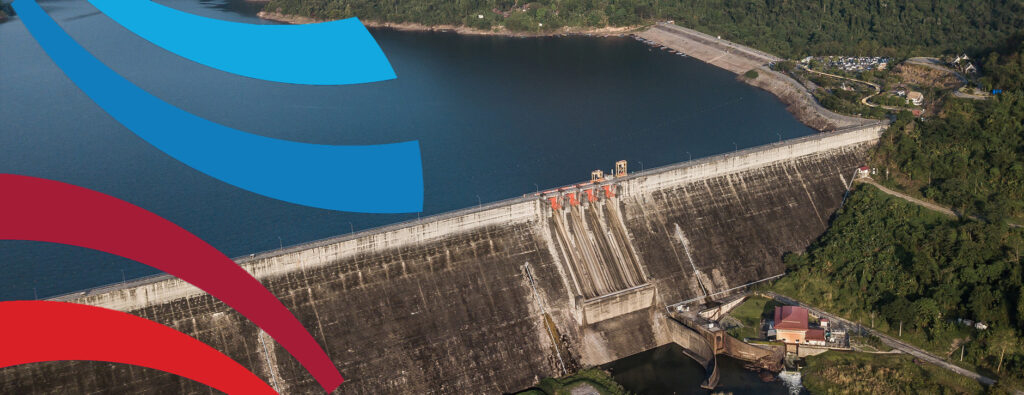National Dam Safety Awareness Day, observed annually on May 31, serves as an important reminder of the need to continually maintain and monitor the integrity of dams across the United States. This observation was established to commemorate the tragic failure of the South Fork Dam in Johnstown, Pennsylvania in 1889, which claimed more than 2,200 lives, causing significant destruction and underscoring the ongoing need for vigilance and proactive measures to ensure the safety and resilience of the nation’s critical infrastructure.
The Importance of Dam Safety
Dams play a vital role in water resource management, providing essential services such as water supply, irrigation, flood control, and hydroelectric power generation. However, their structural integrity is paramount to preventing catastrophic failures that can flood towns and lead to loss of life, environmental damage, and significant economic losses.
According to the Association of State Dam Safety Officials (ASDSO), there are over 90,000 dams in the United States, with approximately 15,600 classified as high-hazard potential, meaning their failure could result in significant loss of life and property damage. This statistic highlights the critical need for regular inspections, maintenance, and upgrades to ensure these structures remain safe and functional.
Key Objectives of National Dam Safety Awareness Day
- Raise Awareness: Educate the public, policymakers, and stakeholders about the importance of dam safety and the potential risks associated with dam failures.
- Promote Best Practices: Encourage the implementation of best practices in dam construction, maintenance, and emergency preparedness.
- Highlight Success Stories: Showcase successful dam safety initiatives and projects that have enhanced the resilience of communities.
- Foster Collaboration: Promote collaboration between federal, state, and local agencies and private dam owners to ensure a comprehensive approach to dam safety.
- Enhance Training Programs: Support training and educational programs for dam safety professionals to ensure they have the latest knowledge and skills.
- Increase Funding: Advocate for increased funding and resources for dam safety programs at both the federal and state levels.
Federal and State Efforts
The National Dam Safety Program (NDSP), administered by the Federal Emergency Management Agency (FEMA), is pivotal in supporting state dam safety programs. The NDSP provides technical assistance, training, and funding to enhance the capabilities of state agencies responsible for dam safety. Additionally, FEMA collaborates with organizations like the ASDSO to develop guidelines and best practices for dam safety.
At the state level, agencies conduct regular inspections and assessments of dams within their jurisdiction. These efforts are complemented by emergency action plans (EAPs) that outline procedures for responding to potential dam failures, ensuring that communities are prepared to act swiftly in an emergency.
The Role of Technology and Innovation
Advancements in technology have significantly improved the ability to monitor and maintain dams. Remote sensing, drones, and satellite imagery provide real-time data on dam conditions, enabling early detection of potential issues. These technologies allow for more accurate and frequent assessments, helping to identify structural weaknesses before they become critical problems.
Innovations in materials and construction techniques contribute to building more resilient and durable dams. For instance, using advanced composites and high-performance concrete can enhance the structural integrity of new dams and strengthen existing ones. Automated monitoring systems equipped with sensors can continuously track parameters such as water levels, pressure, and vibrations, providing instant alerts if any anomalies are detected.
Community Involvement and Education
Community involvement is critical to dam safety. Educating the public about the risks of living near dams and the importance of emergency preparedness can save lives. Local governments and organizations often hold workshops, drills, and informational sessions to ensure residents are informed and ready to respond to a dam-related emergency.
Public participation in dam safety initiatives can also lead to more robust and effective safety plans. Communities can contribute valuable insights and feedback during dam safety projects’ planning and implementation stages. Additionally, volunteer programs and citizen science initiatives allow community members to assist in monitoring local dams, fostering a sense of shared responsibility and collaboration.
By raising awareness, promoting best practices, and fostering collaboration, we can work together to prevent future tragedies and ensure the continued benefits that dams provide to our communities.
As we commemorate this day, let us remember the lessons of the past and commit to a future in which the safety of our dams and the well-being of our communities are paramount.



